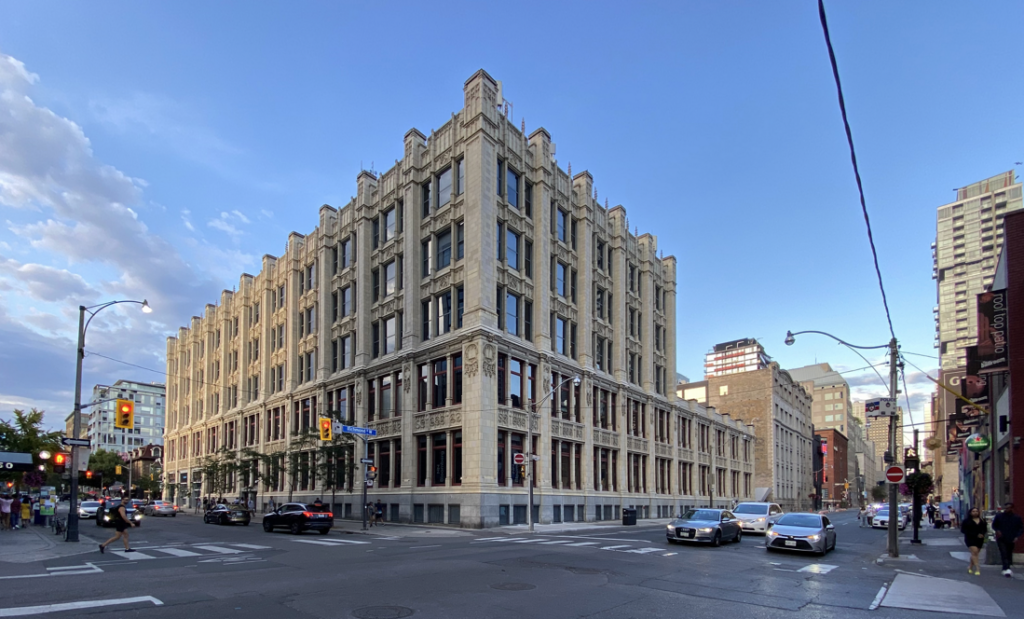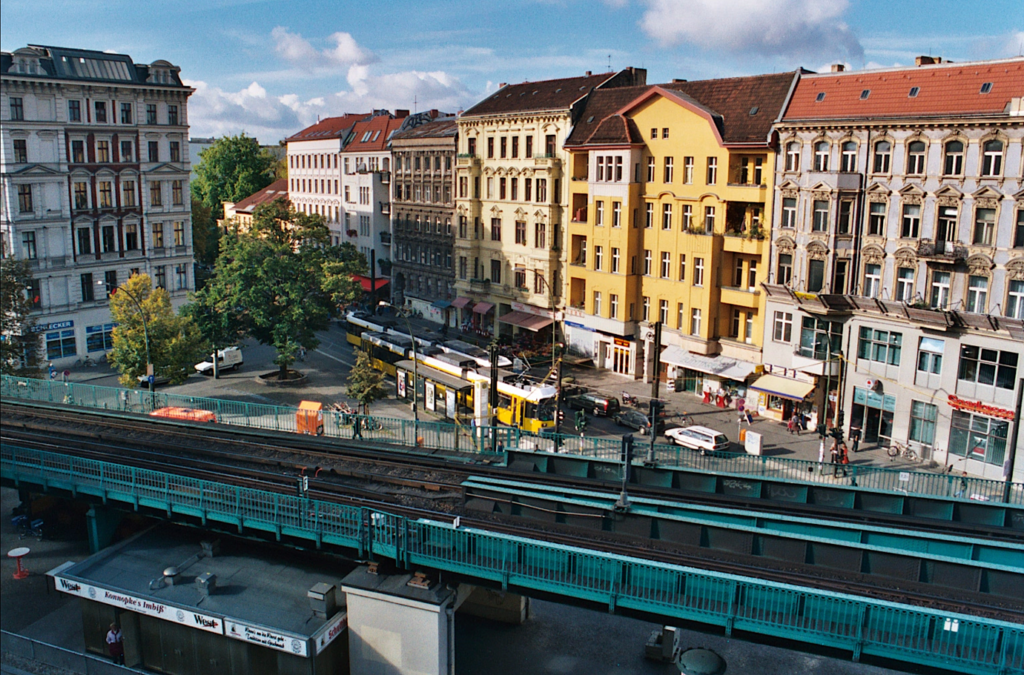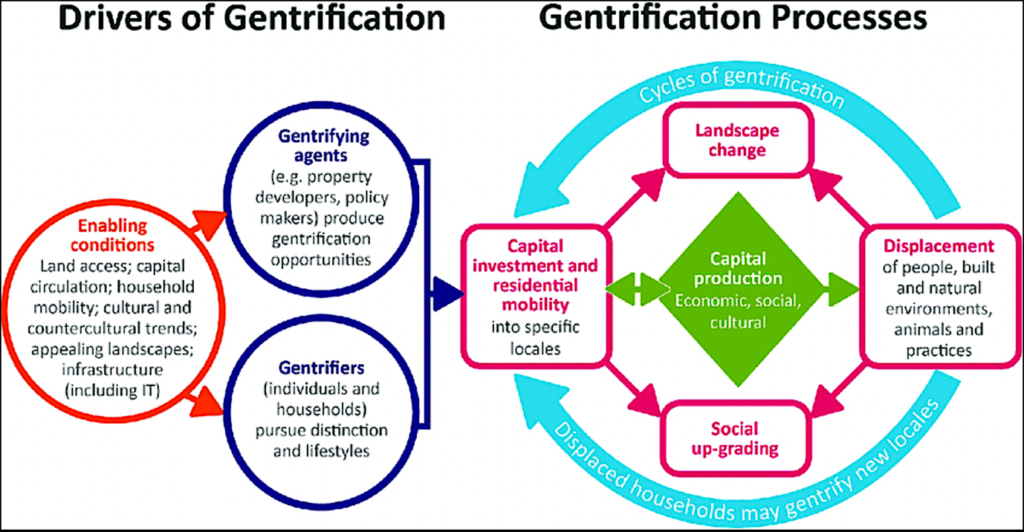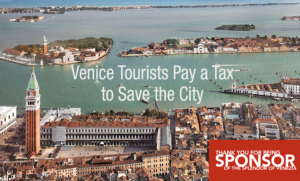AI generated image
The first documented cities in Europe emerged in ancient times, primarily in regions influenced by early Greek, Etruscan, and Celtic civilisations. Cities such as Knossos, Athens, Rome, and Cádiz laid the groundwork for later urban developments, blending cultural, political, and economic influences that shaped European civilisation. The journey from these initial settlements to the sprawling megalopolises we see today has been significant.
Recently, we have witnessed another interesting phenomenon: the gentrification of urban areas across Europe and beyond. This occurs when lower-income neighbourhoods experience a sudden influx of wealthier residents and investments, leading to a substantial rise in property values, improved infrastructure, and changes in the area’s character. However, this transformation often displaces long-term residents who can no longer afford the cost of living.
Gentrification is a global phenomenon that impacts cities in various ways. Neighbourhoods such as Williamsburg and Harlem in New York City have experienced significant transformations as a result. Rising property values and luxury developments have displaced many long-time residents, altering the cultural and social fabric of these areas. Similarly, downtown neighbourhoods like Parkdale and Queen Street West in Toronto have also undergone gentrification, spurred by an influx of young professionals and high-end housing projects. In Buenos Aires, areas like Palermo and San Telmo have attracted increased foreign investment and redevelopment, pushing out lower-income residents while drawing in tourists and wealthier locals. Brazilian favelas, such as Vidigal in Rio de Janeiro, have seen substantial changes as affluent foreigners moved in, particularly in the lead-up to the 2016 Olympics. Districts in Seoul and Shanghai have likewise experienced the displacement of traditional communities and small businesses due to a surge in tourism and extensive redevelopment. In Sydney, inner-city areas like Redfern have undergone gentrification, significantly affecting Aboriginal communities. Meanwhile, in Cape Town, the Woodstock area has witnessed a similar trend, with gentrification displacing lower-income residents, many of whom are people of colour.

These examples highlight how gentrification reshapes urban landscapes, often enhancing infrastructure and services while simultaneously exacerbating inequality and displacing vulnerable communities.
Across Europe, several cities have been significantly impacted, with rising property prices, tourism, and urban redevelopment transforming many traditional neighbourhoods.
Berlin, known for its vibrant art and cultural scene, has experienced dramatic gentrification in areas like Kreuzberg, Neukölln, and Prenzlauer Berg. As artists and expatriates moved in, property prices surged, altering the social fabric of these neighbourhoods.
Barcelona is among the most affected cities in Europe. Tourism-driven gentrification, particularly in neighbourhoods like El Raval and Barceloneta, has resulted in soaring rents, the closure of traditional local businesses, and widespread protests against these changes.

Le Marais and Belleville in Paris have undergone a similar process, pushing lower-income residents to the outskirts of the city as wealthier individuals and high-end businesses move in. Once working-class neighbourhoods, De Pijp and Noord in Amsterdam are now sought-after hubs for young professionals and expatriates, resulting in rising property prices and a loss of local character. The rise of short-term rentals like Airbnb has transformed Alfama and Bairro Alto, Lisbon’s historic neighbourhoods, leading to significant displacement of locals. While Airbnb has revolutionised travel and hospitality, its impact on rental markets has been somewhat controversial, often causing housing crises in certain urban areas, eroding community character, and placing pressure on local infrastructure. London has also experienced this trend, with redevelopment projects and skyrocketing housing prices forcing out long-term residents.
These cities exemplify the challenges of balancing urban renewal and tourism with the preservation of affordability and community identity. In general, 2024 saw a rental price increase of approximately 3.8 per cent in Europe, with cities such as Rotterdam, Amsterdam, Paris, The Hague, Munich, Rome, and Utrecht consistently ranking among the top ten most expensive across the continent. Rent prices in cities heavily affected by gentrification have generally seen substantial increases over the last decade, often driven by heightened demand, significant tourism, and speculative investment.
In Barcelona, for instance, average rents have surged from around €700 in 2014 to about €1,200 in 2024 for standard apartments, reflecting a rise of nearly 70 per cent (Source: mdpi.com). Known for its relatively affordable rents a decade ago, Berlin is no longer part of that picture; prices have now doubled in some neighbourhoods. In an effort to keep rents down, the municipality has introduced maximum rent ceilings and other regulations, but their benefits remain limited (Source: Housinganywhere.com). In 2014, renting a one-bedroom apartment in Amsterdam required around €1,200; by 2024, you would need €1,900 for the same studio, marking a 58 per cent increase.
Amsterdam remains one of the most expensive cities in Europe and one of the most challenging places to find available accommodation, driven by housing shortages and high demand from expatriates, tourists, and students (Source: Housinganywhere.com). Rome has surpassed Amsterdam in apartment rents, averaging close to €2,500 for a furnished one- to three-bedroom apartment. In some areas of Lisbon, rents have tripled, with apartments that were previously available for €500 now costing €1,500 or even more.

Although recent regulatory measures have slightly cooled the market, the issue remains a concern for many. Already expensive in 2014, Paris saw its rents increase from €35 per square metre to €42.7 by 2024, making it the most expensive city in Europe by price per square metre (Eurostat).
These increases highlight the growing challenge of affordability for residents in gentrified cities, where the influx of wealthier populations and investors often displaces long-term locals. Student mobility also contributes to rent increases of up to 3.8% with each new academic year.
The most expensive city in the world to rent is Hong Kong, where rents for a one-bedroom apartment average approximately $2,970 per month, making it the global leader in housing costs. In Europe, however, Zurich currently holds the title for the most expensive city for renting, with one-bedroom apartments averaging around €2,570 per month, closely followed by London.
Gentrification in Europe is driven by several interrelated factors, including economic, social, and policy-related influences. Governments and private investors often target neglected neighbourhoods for redevelopment, aiming to modernise infrastructure, attract new businesses, and improve housing conditions. However, while this enhances the area’s appeal, it frequently raises property values, displacing long-term residents. Meanwhile, the growth of tourism has fuelled demand for short-term rentals. As online platforms like Airbnb, Vrbo, and Plum Guide have gained immense popularity among travellers, millions now use them to find reasonable accommodations for their trips. This trend reduces the availability of long-term rental housing in these cities and drives up prices, reshaping neighbourhoods for tourists rather than local residents.

Meanwhile, wealthy foreign investors often purchase properties in major European cities, viewing them as safe assets. However, such actions only increase competition for housing and drive up prices, particularly in cities like Paris, London, Brussels, and Berlin.
Young professionals and creatives are frequently drawn to affordable, culturally vibrant areas. As these neighbourhoods become trendy, wealthier residents and businesses follow, accelerating gentrification.
The often-limited housing supply in urban centres, combined with growing populations, also contributes to rising rent prices. Policies aimed at attracting investment, such as tax breaks for property development or lax regulations on short-term rentals, can inadvertently encourage gentrification. Deindustrialisation in the 20th century left many urban areas in decline. Subsequent shifts towards service-based economies and knowledge industries have led to the revitalisation of these areas, often accompanied by gentrification. In Cluj (Romania), rents have increased by 80 per cent since 2015. Only Berlin and Athens have reported higher increases for renting a one-bedroom apartment. This surge is primarily due to the development of the local IT industry, which has attracted employees with greater purchasing power to the city, thereby increasing demand for housing beyond the existing supply.
Proposed solutions to address gentrification aim to balance urban revitalisation with protecting vulnerable residents and maintaining neighbourhood diversity and identity. The measures typically focus on housing policies, community engagement, and sustainable urban development.
Imposing limits on rent increases helps prevent displacement by keeping housing costs manageable for most. Cities like Berlin and Vienna have implemented rent caps and freezes, although these measures face legal and practical challenges. Requiring developers to include affordable housing units in new projects, thereby ensuring mixed-income communities, is another approach, primarily used in cities like London and Paris. Additionally, increased funding for social housing projects can provide affordable alternatives for low-income residents.

Cities like Barcelona, Lisbon, and Amsterdam have implemented stricter regulations on platforms like Airbnb, including limiting the number of rental days allowed per year, imposing higher taxes, or even completely banning short-term rentals in certain areas.
Community Land Trusts, nonprofit entities that buy and hold land in trust for community use, ensure permanent affordability for accommodations in Brussels and London. Cooperative Housing, which gives residents collective control over housing and protects them from speculative markets, is another ownership model aimed at safeguarding local residents. Paris has introduced taxes on vacant homes and speculative real estate investments to discourage property hoarding and drive down prices. Allocating revenue from tourist taxes to fund affordable housing or community development projects is another approach, seen in Barcelona and Venice.
Engaging residents in the planning process allows them to shape policies that directly affect their lives and the areas where they live. Cities like Amsterdam and Copenhagen are regarded as benchmarks in the fight against artificial rent increases, where community input and involvement guide housing and infrastructure decisions.
In highly touristic places, limiting cruise ship arrivals, capping tourist numbers, and diversifying attractions outside city centres can also reduce the strain on residential areas, as demonstrated in Venice and Dubrovnik.
The tourist tax (usually between €0.5 and €5 per person per night), introduced by many cities to mitigate the impacts of over tourism, can indirectly help combat gentrification by generating revenue to address housing affordability and urban challenges when paired with policies that directly target those issues. By reinvesting in affordable housing, infrastructure, and community programmes, cities can alleviate some of the pressures caused by tourism and preserve the livability of urban neighbourhoods.

However, while these solutions show promise, their effectiveness often depends on strong political will, enforcement, and balancing the interests of diverse stakeholders, including developers, residents, and policymakers. This is why tailoring solutions to local contexts is crucial for long-term success.
Vienna is widely regarded as a model for affordable housing and preventing displacement. Over 60 per cent of residents live in publicly subsidised housing, as the municipality owns much of the housing stock, ensuring long-term affordability. Measures that have proven their effectiveness include the integration of people from various income levels into new projects, preventing socio-economic segregation, and limiting the ability of private landlords to increase rents. Amsterdam is also addressing the effects of over tourism and housing shortages and has taken proactive measures to support this. Residents can rent out their homes for a maximum of 30 nights per year via Airbnb or similar platforms, and only in apartments with proper registration.
Barcelona has implemented even stricter regulations on short-term rentals, successfully returning properties to long-term rental markets. The city also limits the number of visitors and cruise ships allowed in certain areas while increasing investment in affordable housing to stabilise rents. Copenhagen emphasises sustainable development that benefits both residents and the environment, while urban renewal projects focus on creating affordable, energy-efficient housing.
Generally speaking, cities should combine public policy, regulation, and community engagement to address gentrification. The success of these strategies often hinges on political will and active enforcement to protect residents while promoting inclusive urban growth. A long-term solution for balancing the economic benefits of tourism with the need to maintain affordable housing lies in adopting sustainable tourism practices, regulating short-term rentals, and investing in community-centred urban planning.
There are several strategies that have produced notable results when addressing increased tourism and its consequences on the well-being of long-term residents. Venice, for example, is working on promoting visits to lesser-known islands, away from traditional tourist hotspots, and during off-peak seasons. Other cities provide financial incentives to property owners who offer long-term leases instead of converting apartments into Airbnb accommodations, and they also support low-income tenants with subsidies. Educating tourists on responsible travel behaviours and encouraging them to support local businesses while respecting residential spaces is another effective approach.
These measures can help cities benefit economically from tourism while ensuring that housing remains accessible for residents. Success requires collaboration among governments, local communities, and private stakeholders, along with continuous monitoring and adaptation of policies.
In recent years, due to the limited impact of these proposed measures, many large cities have witnessed protests and demonstrations against gentrification and over tourism. In July 2024, thousands marched in Barcelona to highlight the negative impacts of mass tourism, which they claim have made housing unaffordable and disrupted local communities. Overcrowding from cruise ships and tourists has also led to protests in Venice, with residents complaining about the erosion of the city’s fragile infrastructure under the immense pressure of millions of visitors. In Lisbon, demonstrations have focussed on the rising costs of living and displacement linked to tourism and foreign investment. Similar protests have been taking place in other major cities worldwide, all highlighting the growing tensions between preserving local communities and managing the economic benefits of tourism and urban redevelopment.

As evidence that the issue of housing shortages and rising housing costs in Europe is being taken seriously, EU Commission President Ursula von der Leyen appointed Danish social democrat Dan Jørgensen as the first EU commissioner with direct responsibility for housing at the end of 2024. “House prices remain too high in most of the European Union and risk harming economic growth in some countries,” said Jørgensen in his end-of-year review, highlighting the situation.
However, as cities evolve, the challenge remains: how do we balance growth and opportunity with equity and inclusion? Gentrification is not just about rising rents or changing skylines—it is about the people and stories that define the soul of a city. It concerns the change, often irreversible, of the social composition, and the unique combination that makes every place on the planet distinct. The future of our urban areas depends on finding viable solutions that allow communities to thrive without leaving anyone behind.

